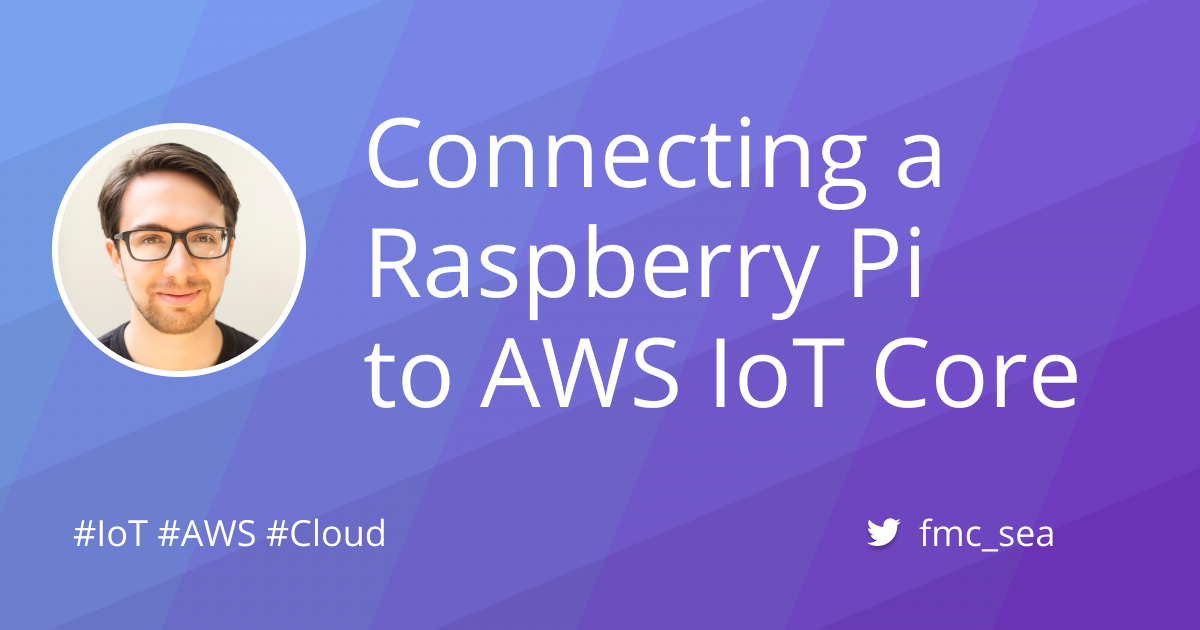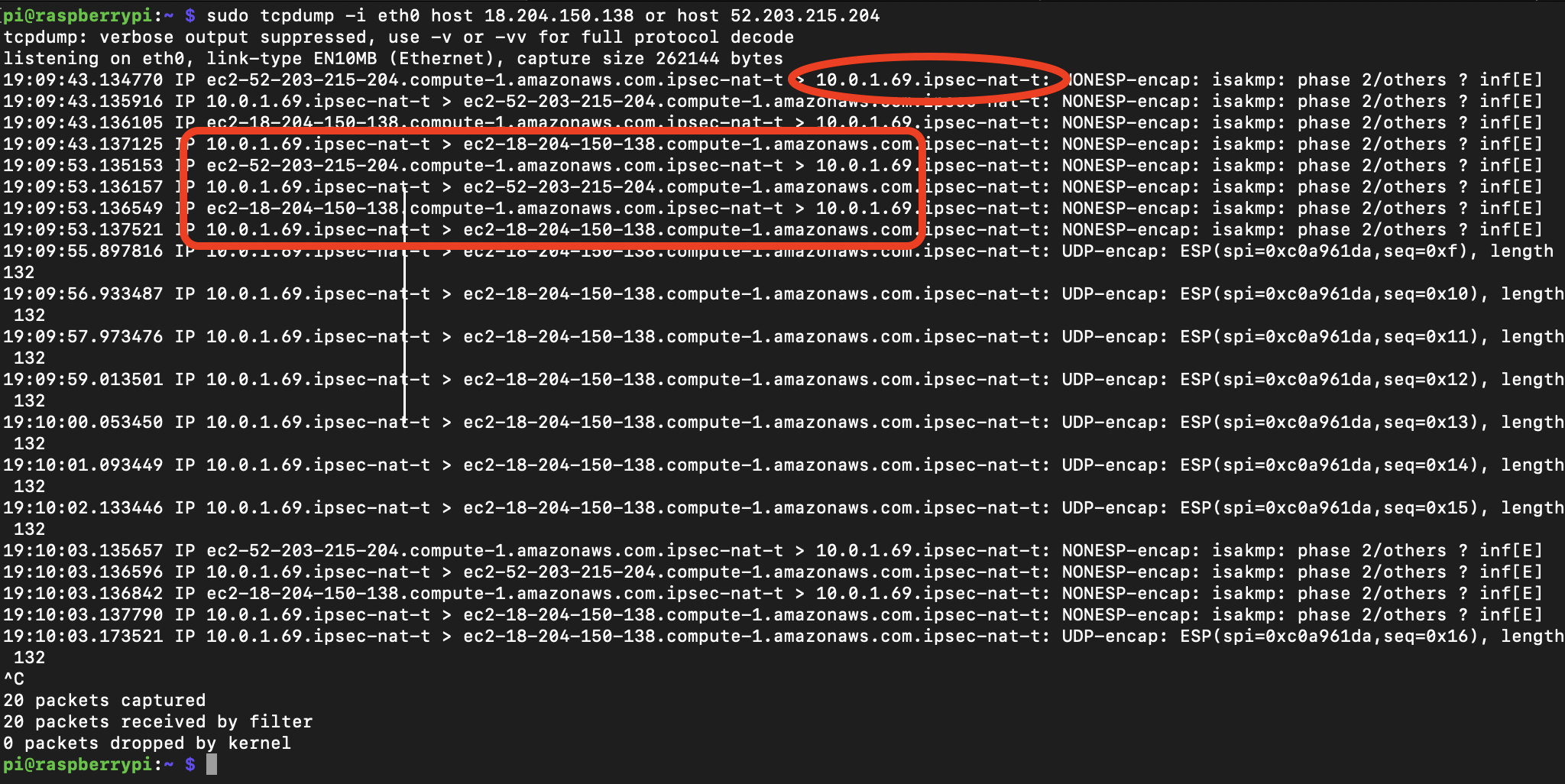As the Internet of Things (IoT) continues to expand, managing remote devices securely has become a critical challenge. The integration of Secure Shell (SSH), Raspberry Pi, and Amazon Web Services (AWS) Virtual Private Cloud (VPC) offers a robust solution for this growing demand. This setup not only provides secure access but also ensures scalability and cost-effectiveness, making it an indispensable tool for both hobbyists and professionals alike. By leveraging these technologies, users can gain complete control over their IoT projects from virtually anywhere in the world.
Imagine a scenario where you need to monitor and manage a network of IoT devices spread across different geographical locations. The complexity of such a task can be overwhelming without the right tools. Enter the concept of remote IoT VPC SSH on Raspberry Pi with AWS. This method combines the power of SSH for secure remote access, the versatility of Raspberry Pi as a compact and affordable IoT device, and the security of AWS VPC to create a seamless infrastructure for IoT management. It's not just about solving a problem; it's about revolutionizing the way we interact with connected devices.
| Category | Details |
|---|---|
| Concept | Remote IoT VPC SSH on Raspberry Pi with AWS |
| Description | A secure method for managing and interacting with IoT devices remotely using Raspberry Pi, AWS VPC, and SSH. |
| Components |
|
| Benefits |
|
| Use Cases |
|
| Reference | AWS VPC Official Website |
The integration of these technologies is not merely a technical advancement but a significant leap forward in the evolution of IoT management. By adopting this approach, businesses and individuals can achieve unprecedented levels of control and flexibility. The ability to remotely manage devices has far-reaching implications, from enhancing operational efficiency to reducing maintenance costs. As industries increasingly embrace IoT, the demand for secure and scalable solutions will continue to rise, making this setup more relevant than ever.
- 18 Vegamovies Your Ultimate Guide To Vegan Films
- Vegamovei The Ultimate Guide To Revolutionizing Your Vegan Journey
The synergy between Raspberry Pi, AWS VPC, and SSH is particularly noteworthy. Raspberry Pi serves as the hardware backbone, providing a reliable and cost-effective platform for IoT applications. AWS VPC ensures that all communications remain secure and isolated from external threats, while SSH guarantees encrypted connections for data transfer. Together, they create a robust framework that addresses the challenges of modern IoT deployments.
For those unfamiliar with these technologies, the process may seem daunting at first. However, with the right guidance and resources, even beginners can successfully implement this setup. The key lies in understanding the fundamental principles and following a structured approach. For instance, configuring the AWS VPC involves setting up subnets, routing tables, and security groups to ensure that only authorized users can access the network. Similarly, enabling SSH on Raspberry Pi requires generating and managing SSH keys to authenticate users securely.
Consider the example of a smart home automation system. By integrating remoteIoT VPC SSH with Raspberry Pi and AWS, homeowners can remotely control lighting, temperature, and security systems from their smartphones or computers. This not only enhances convenience but also improves energy efficiency and safety. Such applications are becoming increasingly popular, with celebrities like Elon Musk and Jeff Bezos investing heavily in smart home technologies. The adoption of these solutions reflects a broader trend toward interconnected living spaces and highlights the growing importance of IoT in everyday life.
- Bollyflex Movie The Ultimate Destination For Bollywood Enthusiasts
- Yumi Eto The Rising Star In The World Of Entertainment
From an industrial perspective, the impact of remote IoT management is equally profound. Manufacturers can monitor production lines in real-time, identify bottlenecks, and implement corrective measures without delays. Logistics companies can track shipments and optimize routes, reducing transportation costs and improving delivery times. The versatility of this setup makes it suitable for a wide range of applications, from healthcare monitoring to agricultural automation.
However, the benefits of remote IoT management extend beyond individual use cases. On a societal level, the widespread adoption of IoT technologies can lead to significant advancements in areas such as healthcare, education, and environmental sustainability. For example, remote health monitoring systems can provide timely interventions for patients with chronic conditions, improving healthcare outcomes. Smart classrooms can enhance learning experiences by incorporating interactive technologies, while environmental sensors can help track climate changes and promote sustainable practices.
Despite its numerous advantages, implementing remote IoT VPC SSH on Raspberry Pi with AWS requires careful planning and execution. Security remains a top priority, as unauthorized access to IoT devices can have severe consequences. Developers must adhere to best practices, such as using strong passwords, regularly updating software, and monitoring network activity for suspicious behavior. Additionally, scalability should be considered during the design phase to accommodate future growth and expansion.
As the IoT ecosystem continues to evolve, the demand for innovative solutions will only increase. Companies like Amazon, Google, and Apple are already investing heavily in IoT technologies, driving advancements in hardware, software, and connectivity. This trend is likely to accelerate in the coming years, fueled by the growing need for smart devices and automated systems. For individuals and organizations looking to stay ahead of the curve, mastering remote IoT management with SSH on Raspberry Pi and AWS VPC is an essential skill.
Moreover, the accessibility of this setup makes it an attractive option for hobbyists and small businesses. With the availability of free resources and tutorials, anyone can learn how to configure and deploy a remote IoT system. Platforms like GitHub and AWS offer extensive documentation and community support, providing valuable insights and guidance for users at all levels of expertise. By leveraging these resources, even beginners can achieve professional-grade results.
Looking ahead, the future of remote IoT management is bright. As new technologies emerge, such as 5G networks and edge computing, the capabilities of IoT systems will continue to expand. These advancements will enable faster data processing, lower latency, and improved reliability, further enhancing the user experience. The integration of artificial intelligence (AI) and machine learning (ML) will also play a crucial role, enabling predictive maintenance and autonomous decision-making in IoT applications.
In conclusion, the combination of remoteIoT VPC SSH on Raspberry Pi with AWS represents a powerful solution for managing IoT devices remotely. It addresses the challenges of security, scalability, and cost-effectiveness, making it an ideal choice for a wide range of applications. As the IoT landscape continues to evolve, staying informed and adapting to new technologies will be essential for success. Whether you're a hobbyist or a professional, this setup provides the tools and flexibility needed to unlock the full potential of your IoT projects.
Mark your calendars for April 25, 2025, as we continue to explore the advancements in remote IoT technologies. With the rapid pace of innovation, the possibilities are endless, and the impact on society will only grow stronger. Embrace the future of IoT management and discover how this transformative technology can revolutionize the way you interact with connected devices.
- Marie Temara Nude The Truth The Facts And What You Need To Know
- Bolliflix Your Ultimate Destination For Bollywood Entertainment


